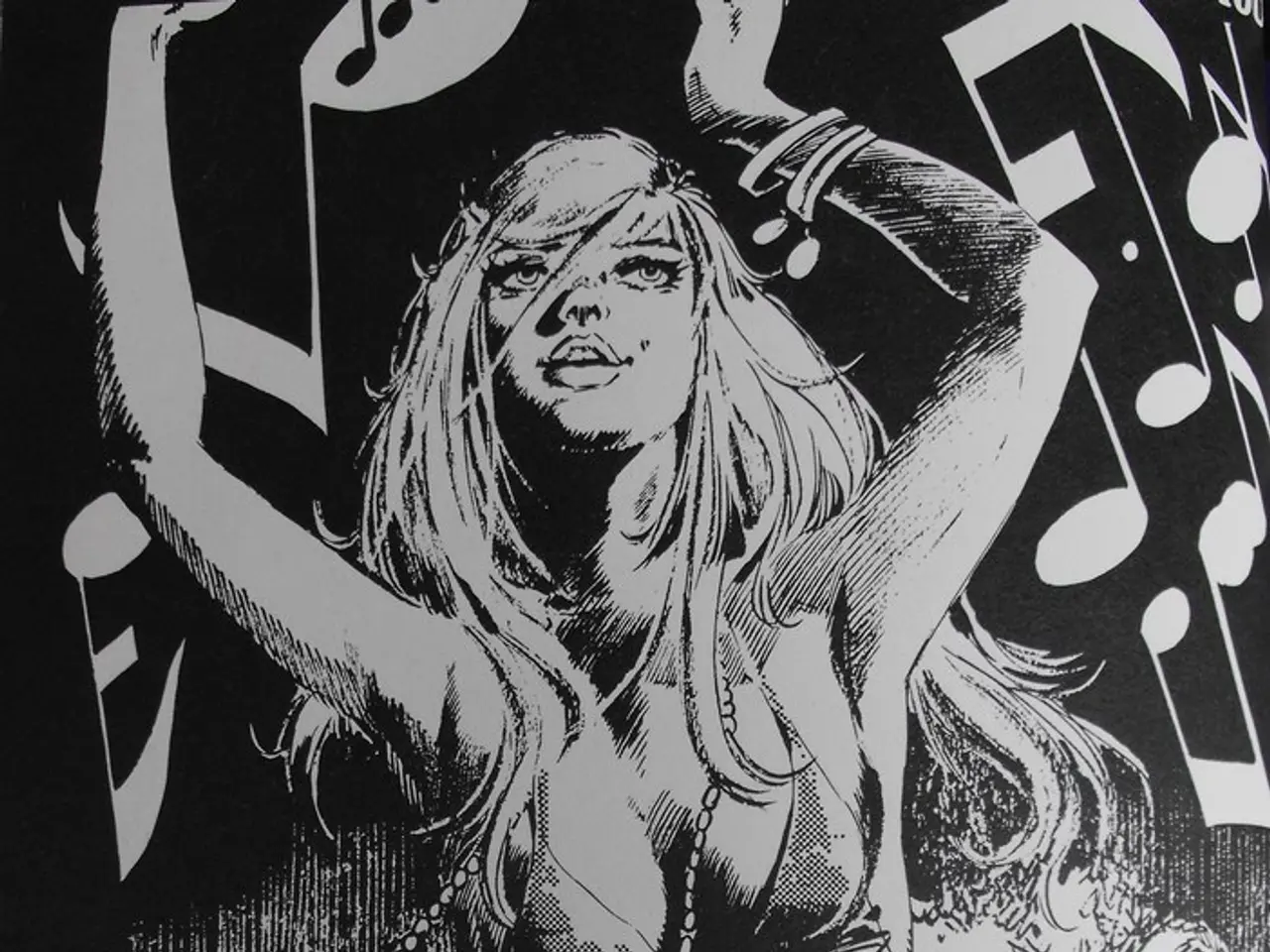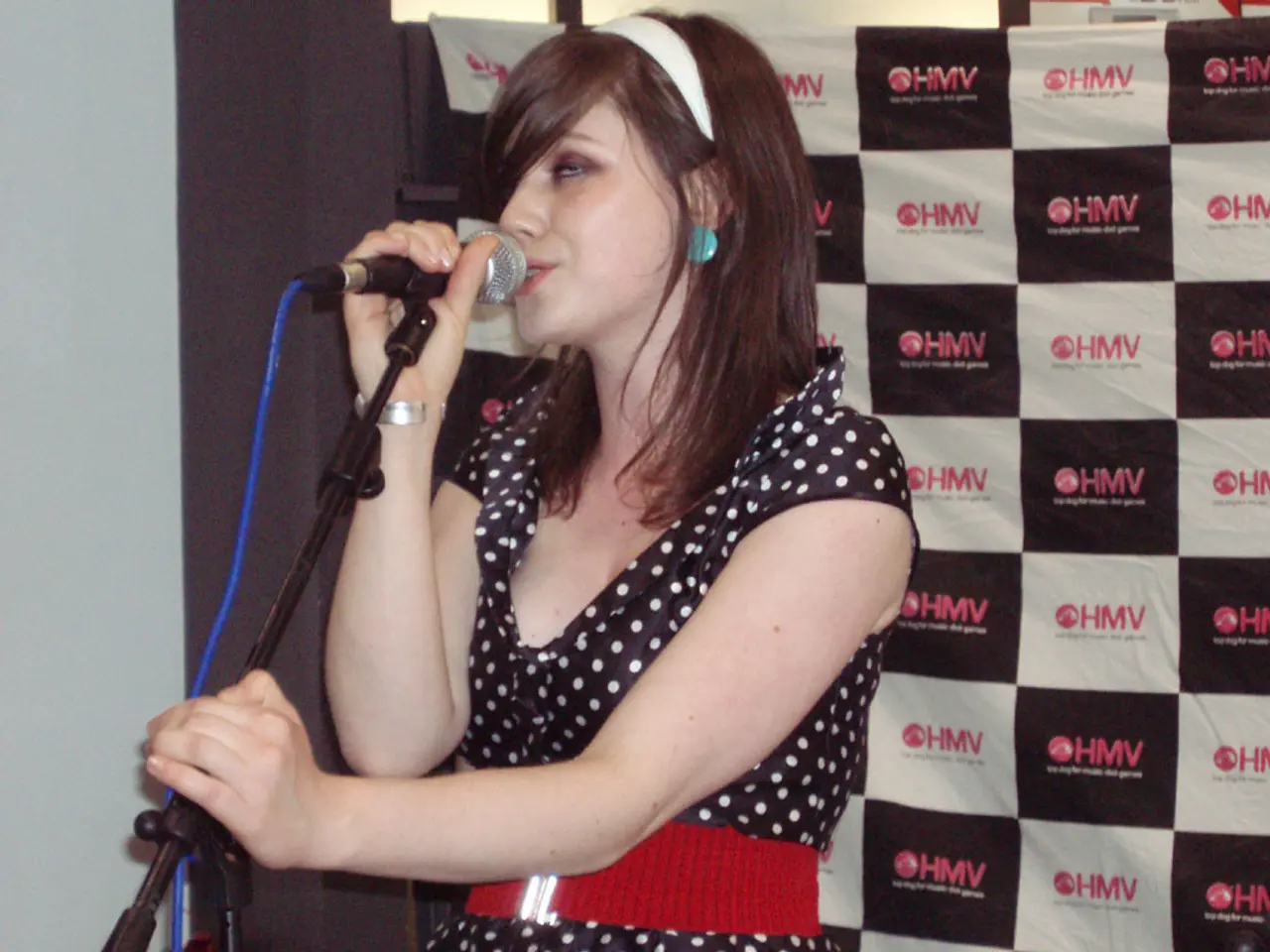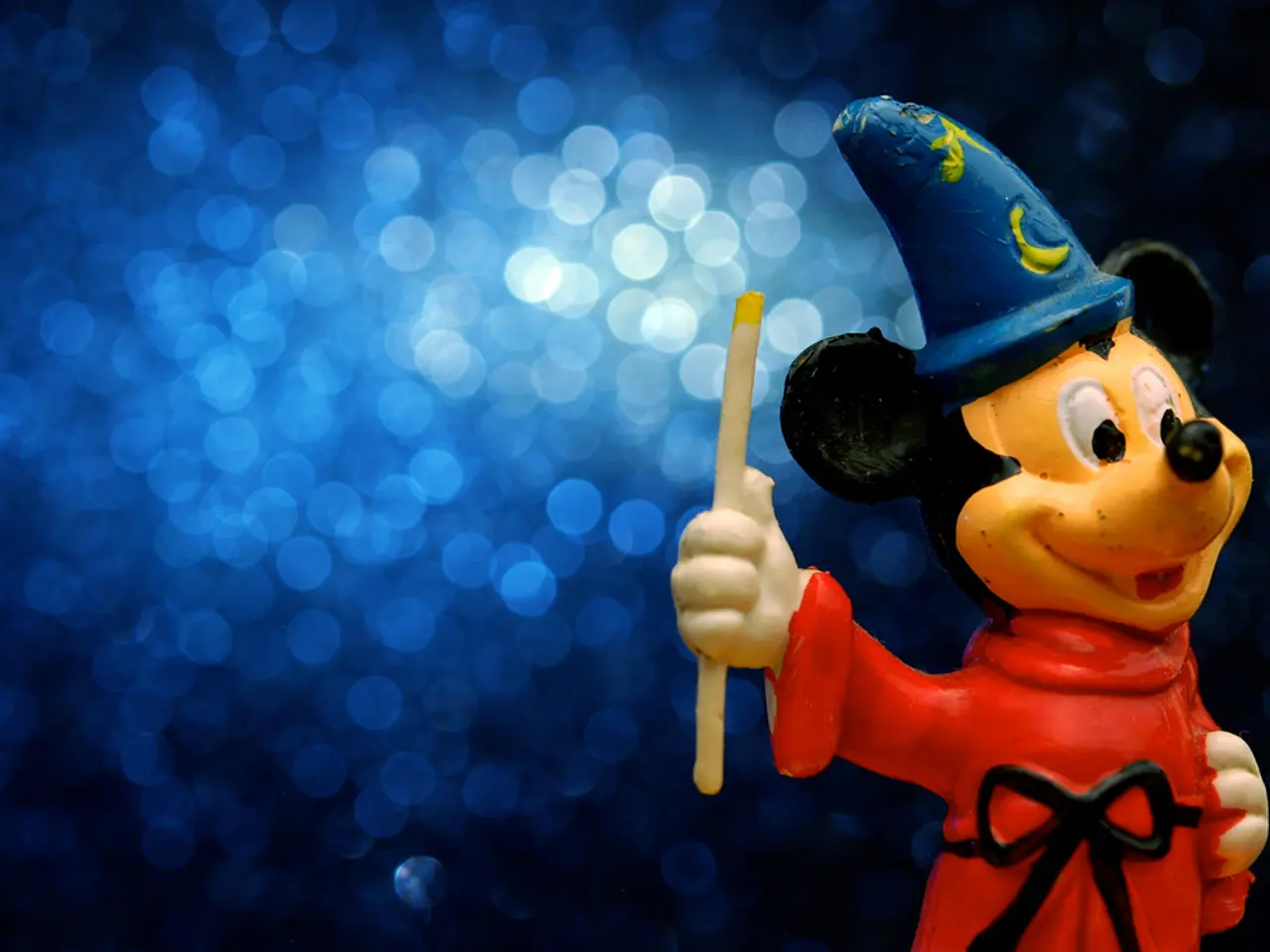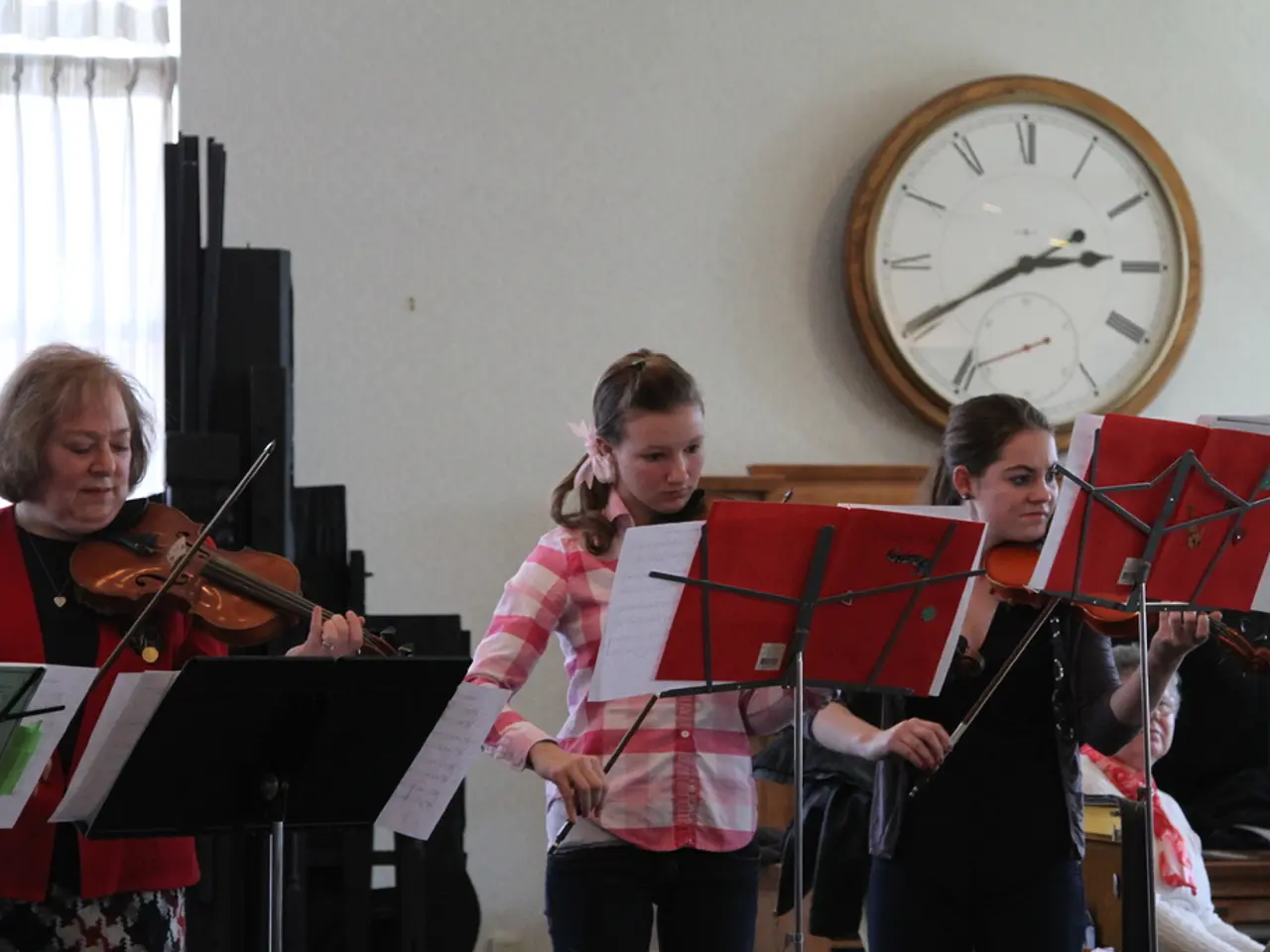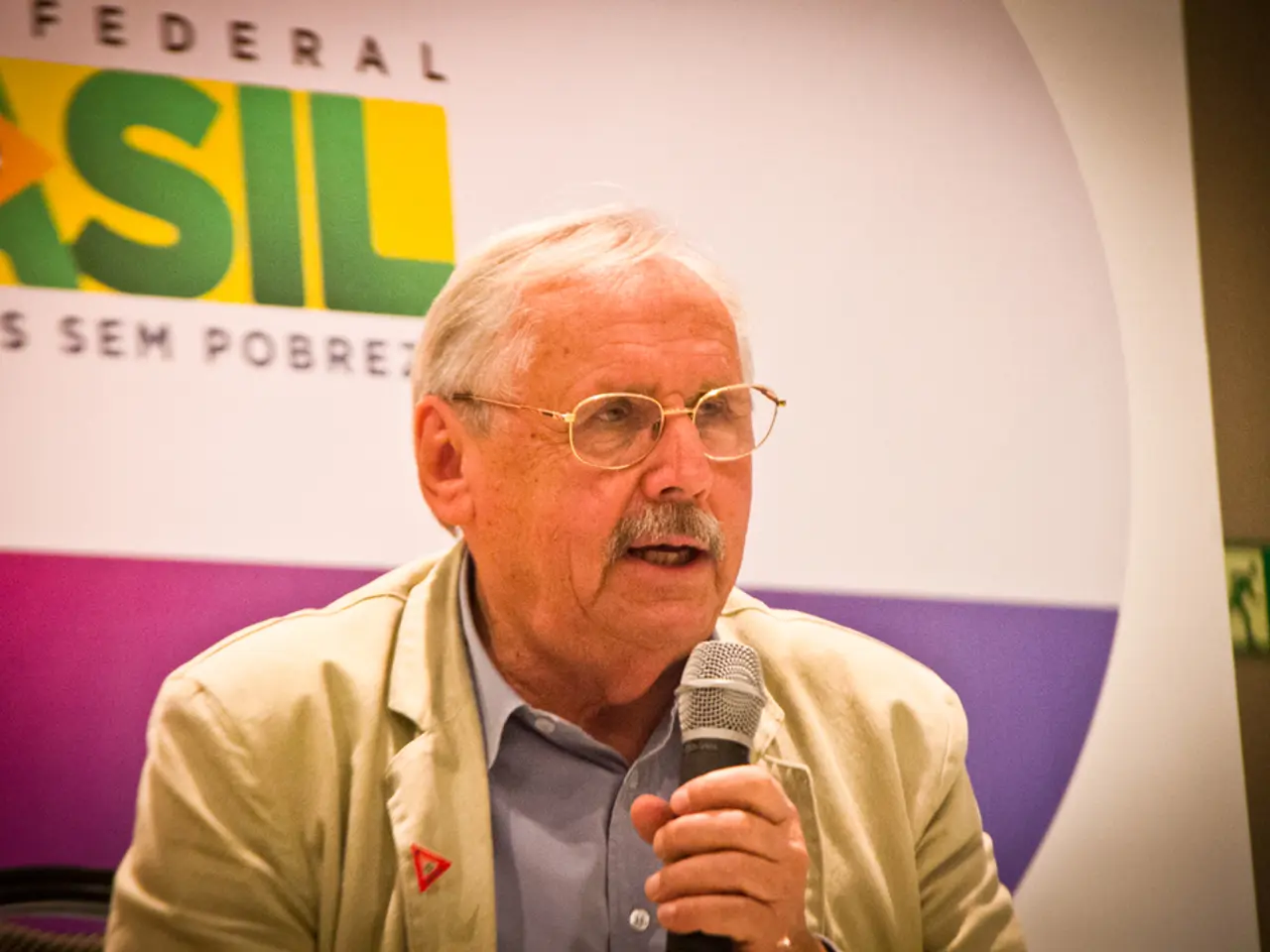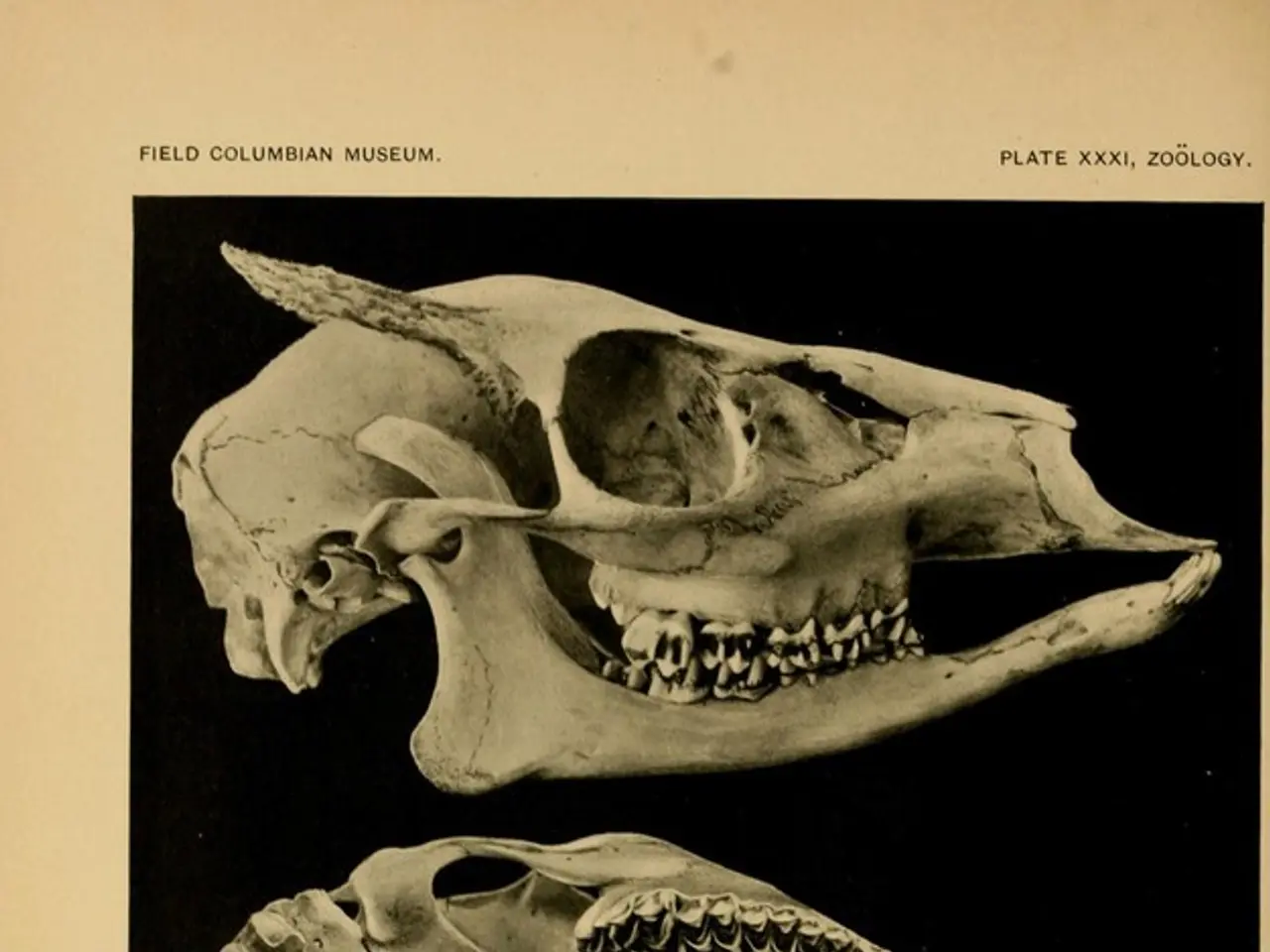Audience Applause during 'The Winter's Tale' ballet performance at Segerstrom Center, presented by the American Ballet Theater
The American Ballet Theater is set to present a captivating West Coast premiere of Christopher Wheeldon's 'The Winter's Tale.' This production marks another evolution in the merging of art, dance, and music, a tradition that was pioneered by Sergei Diaghilev's Ballets Russes over a century ago.
Diaghilev's groundbreaking itinerant ballet company, based in Paris from 1909 to 1929, revolutionised ballet by integrating avant-garde music, choreography, and visual art through collaborations with leading artists, composers, and choreographers of the time. This period marked a significant fusion of ballet with contemporary modern art movements, transforming ballet into a more avant-garde, multidisciplinary art form.
Wheeldon's 'The Winter's Tale' (premiered in 2014) is an example of contemporary ballet that merges Shakespearean drama with sophisticated choreography, narrative structure, and modern theatrical production design. The ballet is a danced masterpiece, a living artwork that tells the story of 'The Winter's Tale' in a mystical dance performance.
The production includes stunning sets, luminous lighting, and Jody Talbot's musical composition. One iconic scene features a giant blossoming tree, representing nature's fertility, and musicians playing folk or native tunes. Another memorable moment is the final scene, where the statue of Hermione comes back to life when the family relationship thaws in compassion and forgiveness.
The ballet also features a sea voyage scene, similar to Shakespeare's 'The Tempest,' with floating and billowing translucent scrims. The choreography is a retelling of Shakespeare's 'The Winter's Tale' through dance, with the opening scenes depicting life-size statues foreshadowing the story of Queen Hermione's exclusion from family life due to her husband's jealousy.
The ballet is a treasure in ballet history and a part of the American Ballet Theater's repertoire. On April 6, 2025, the ballet was performed at Segerstrom Center, marking another step into the future of harmoniously melded art, dance, and music on stage. This production is yet another testament to the ongoing evolution of the art-ballet synthesis, broadening the expressive possibilities of ballet beyond traditional narratives and aesthetics.
[1] Nijinsky, Vaslav. (1913). L'Après-midi d'un faune. [Ballet]. Retrieved from https://www.britannica.com/art/L-Après-midi-dun-faune
[2] Picasso, Pablo. (1917). Parade. [Ballet]. Retrieved from https://www.britannica.com/art/Parade-ballet
[3] Balanchine, George. (1932). Apollon Musagète. [Ballet]. Retrieved from https://www.britannica.com/art/Apollon-Musagete
[4] Fokine, Michel. (1909). The Firebird. [Ballet]. Retrieved from https://www.britannica.com/art/The-Firebird-ballet
[1] The community news about the upcoming event at Segerstrom Center is filled with excitement for The Winter's Tale, a production that showcases the fusion of dance, music, and contemporary art, much like the groundbreaking work of Diaghilev's Ballets Russes.
[2] For entertainment enthusiasts, the American Ballet Theater's performance of The Winter's Tale offers an immersive experience, combining elements of avant-garde ballet, Shakespearean drama, and modern theatrical production design, a blend that can be traced back to the collaborations of Sergei Diaghilev's company with leading artists a century ago.
